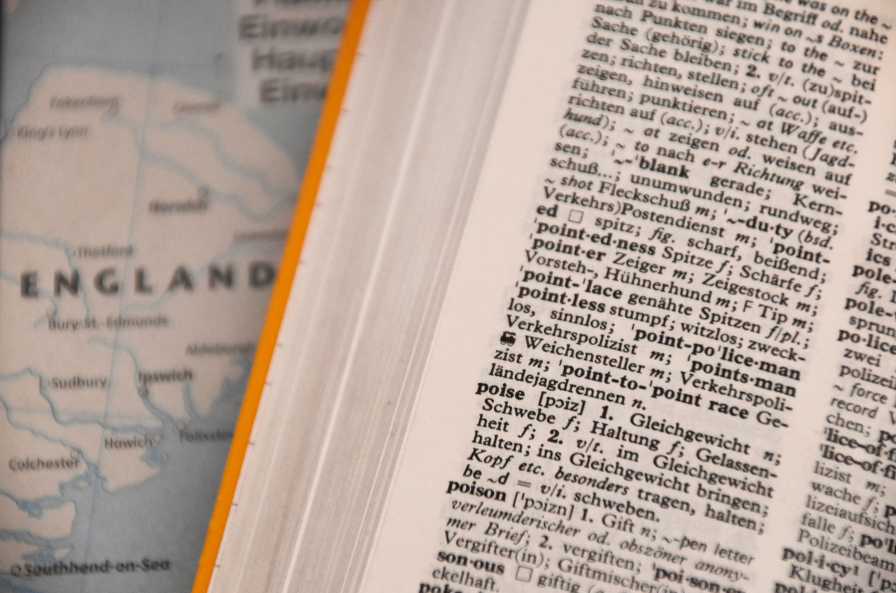
Irregular verbs are a unique aspect of the English language that can make it difficult to learn. Unlike regular verbs, which follow a predictable pattern when conjugated into different tenses, irregular verbs change in unpredictable ways. This can make it challenging to communicate effectively in English, but it also adds depth and nuance to the language.
Irregular verbs are verbs that do not follow the standard rules of conjugation. This means that they do not add the usual -ed ending to form the past tense, nor do they use the same form for both the past participle and the past tense. Instead, irregular verbs have unique forms for each tense, and they can often be traced back to the Old English roots of the language.
One of the most common irregular verbs is “to be.” In the present tense, it can be conjugated as “am,” “is,” or “are,” depending on the subject of the sentence. In the past tense, it becomes “was” or “were.” The past participle is “been.” As you can see, there is no predictable pattern here, and learners of English must memorize these forms.
Another common irregular verb is “to have.” In the present tense, it is conjugated as “have” or “has,” depending on the subject. In the past tense, it becomes “had.” The past participle is also “had.” While this verb is slightly easier to conjugate than “to be,” it still requires some memorization.
Some other irregular verbs in English include “go” (present tense), “went” (past tense), and “gone” (past participle), “do” (present tense), “did” (past tense), and “done” (past participle), and “see” (present tense), “saw” (past tense), and “seen” (past participle).
While the unpredictability of irregular verbs can be frustrating for learners of English, they add richness and complexity to the language. They allow speakers to express subtle distinctions in meaning and convey a wide range of emotions and ideas.
To learn irregular verbs effectively, it is important to practice using them in context. This means reading and listening to English in real-world situations and paying attention to how native speakers use these verbs. It also means practicing conjugation exercises and memorizing the different forms of irregular verbs.
Here is a list of some of the most commonly used irregular verbs in English:
- Be (am/is/are, was/were, been)
- Have (have/has, had, had)
- Go (go, went, gone)
- Do (do, did, done)
- Say (say, said, said)
- Get (get, got, gotten/got)
- Make (make, made, made)
- Know (know, knew, known)
- Think (think, thought, thought)
- Take (take, took, taken)
- See (see, saw, seen)
- Come (come, came, come)
- Give (give, gave, given)
- Find (find, found, found)
- Tell (tell, told, told)
- Feel (feel, felt, felt)
- Become (become, became, become)
- Leave (leave, left, left)
- Bring (bring, brought, brought)
- Begin (begin, began, begun)
- Understand (understand, understood, understood)
- Wear (wear, wore, worn)
- Choose (choose, chose, chosen)
- Fly (fly, flew, flown)
- Run (run, ran, run)
- Eat (eat, ate, eaten)
- Speak (speak, spoke, spoken)
- Write (write, wrote, written)
- Break (break, broke, broken)
- Drive (drive, drove, driven)
- Rise (rise, rose, risen)
- Swim (swim, swam, swum)
This is not a comprehensive list, but it should give you an idea of the types of irregular verbs you might encounter in English. It’s important to remember that irregular verbs do not follow predictable patterns, so they must be memorized individually.
In conclusion, irregular verbs are an important aspect of the English language that can be challenging to learn but add depth and nuance to the language. While they require extra effort to master, the payoff is a more expressive and versatile command of English.




















